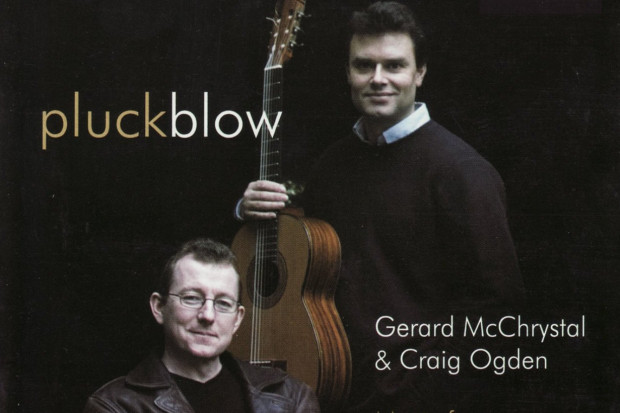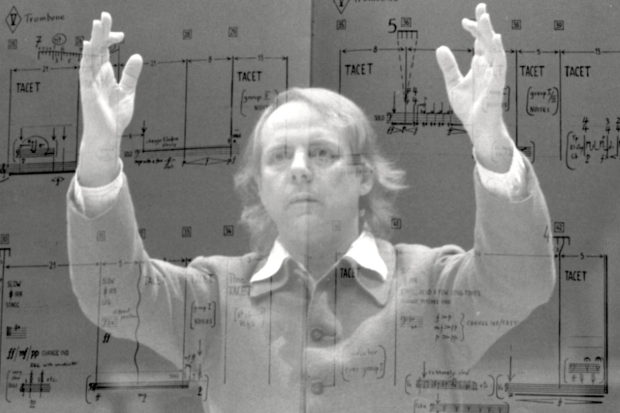Live Reviews: Horizons – Elaine Agnew
NCH, Dublin, 17 January 2006
Lutoslawski – Musique Funèbre (á la mémoire de Béla Bartók); Agnew – Slasp; Kats-Chernin – Heaven is Closed;
Agnew – Straight to the Point
RTÉ National Symphony Orchestra; Brian MacKay, conductor
Elaine Agnew’s pre-concert talk had been designated a space on a landing in the National Concert Hall. These twenty seats or so were quickly filled, and as the people kept arriving it soon became obvious that everyone would have to move down to the John Field Room. Agnew, faced with an unexpectedly large audience remarked that she had only expected her family. Not a bad start to the 2006 series of RTÉ Horizons concerts.
The Horizons series features not only the work of contemporary Irish composers, but examples of music that have been of influence to them. Agnew’s choice of program included Lutoslawski’s landmark piece for string orchestra, Musique Funèbre, and Kats-Chernin’s Heaven is Closed, both performed by the National Symphony Orchestra conducted by Brian MacKay. The NSO’s performance of Musique Funèbre was suitably intense, with its dense twelve-note chromatic harmonies and solemn canon structure. In contrast, Kats-Chernin’s Heaven is Closed almost danced off the stage with exuberant percussion and cross rhythms which utilised the full spectrum of the orchestra.
The influence of both the reductive approach of Lutoslawski and Kat-Chernin’s inventive use of percussion became apparent in two pieces by Agnew entitled Slasp (2003) and Straight to the Point (2000). Straight to the Point was inspired by Agnew’s experience of scuba diving in Australia’s barrier reef, whilst in Slasp, language between the sea and skimming stones is imagined. Agnew makes use of the bass clarinet and vibraphone to effect in both pieces, weaving the instruments’ voices through textured layers of orchestration.
Slasp is characterised by stuttering trumpet fanfares and frenzied rhythmical passages that stop suddenly to reveal held notes on the upper strings which slide down and disappear to silence. These long, held notes also made an appearance in Straight to the Point where they more strongly implied sounds travelling through water, and whales’ song. Angular melodies conveyed the jerky dance of shoals of fish, this same theme returning later in a more legato and graceful form. Especially effective was the six-strong percussion section who used a gamut of objects including tubular bells and buckets of water to create an impression of an underwater world.
Agnew has remarked that the gestures of the performers as they play give direction to her work. As the strings re-entered, bows in unison, the fish’s angular dance was not only reflected in the notes played but also by their movements. Straight to the Point ended an excellent programme and along with Heaven is Closed, was the highlight of the concert – both pieces perfectly poised in the balance between restraint and letting rip.
Published on 1 March 2006














